


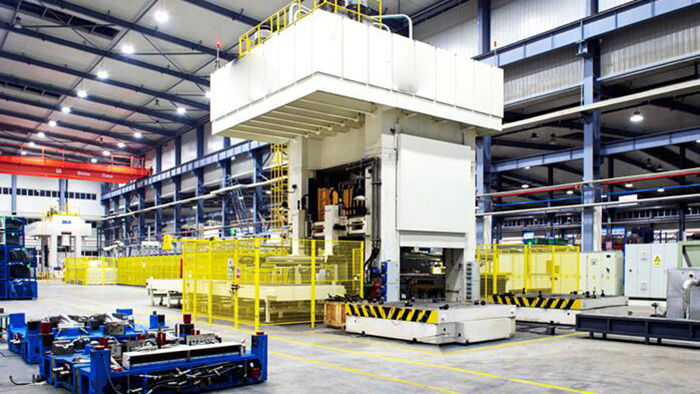
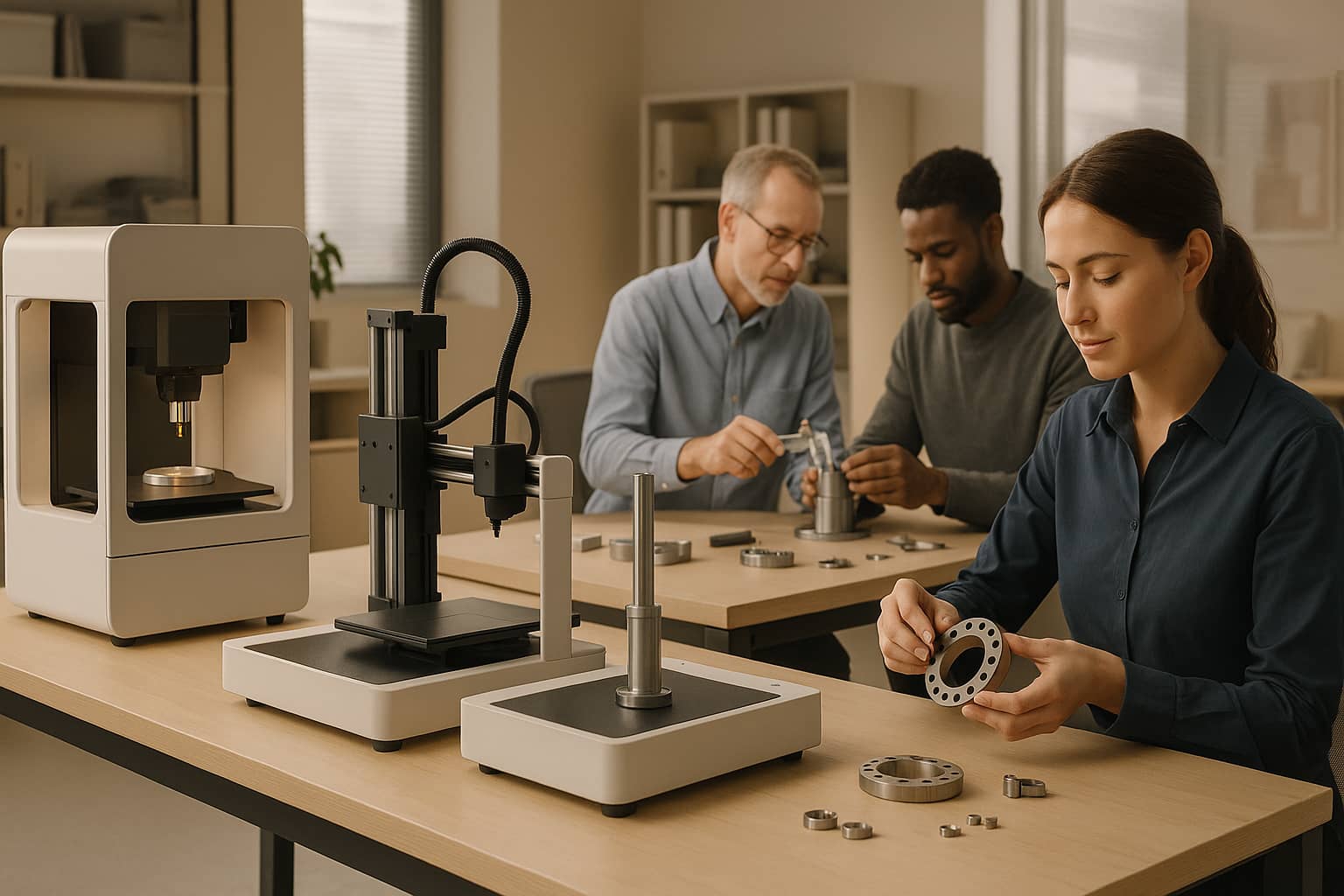
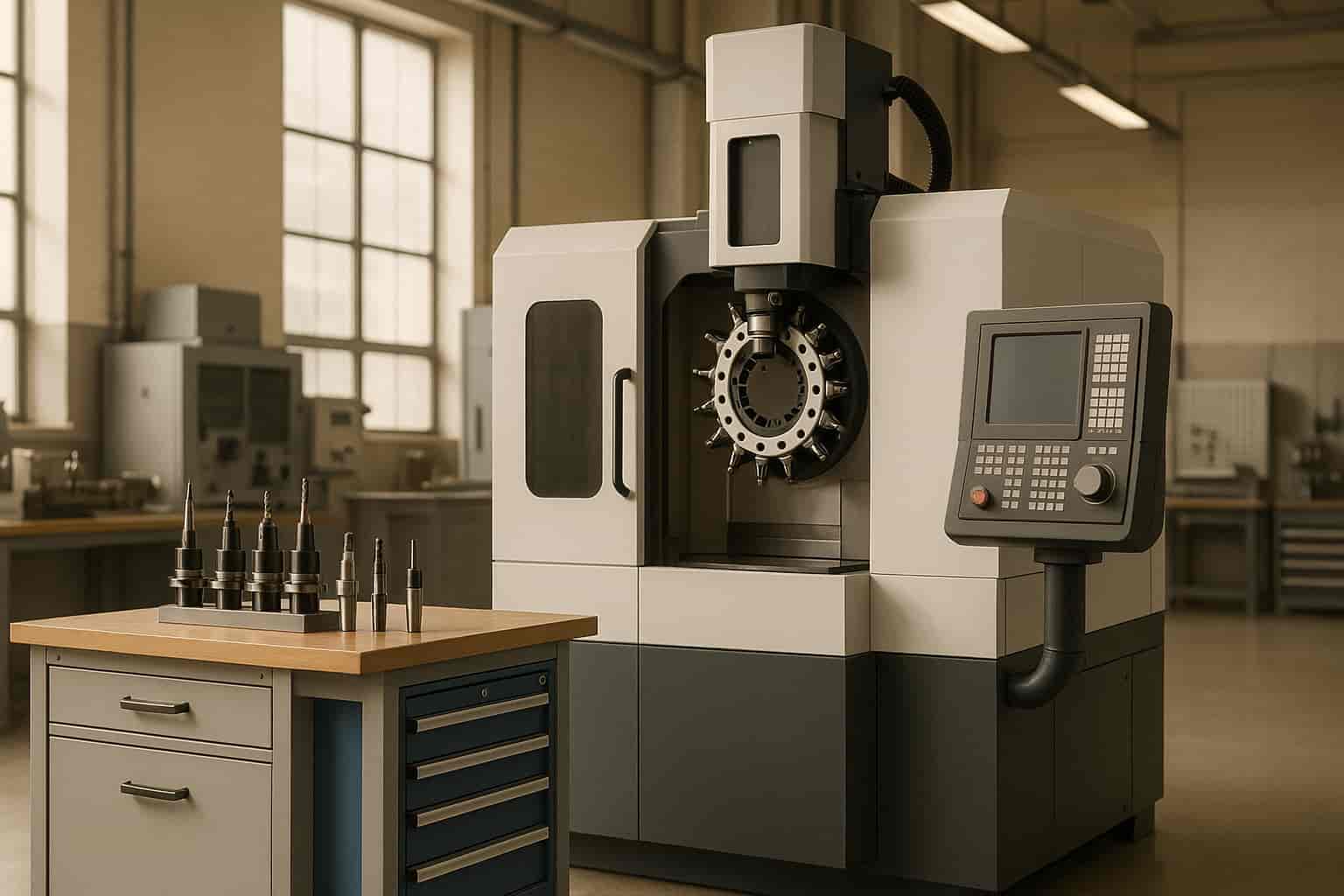


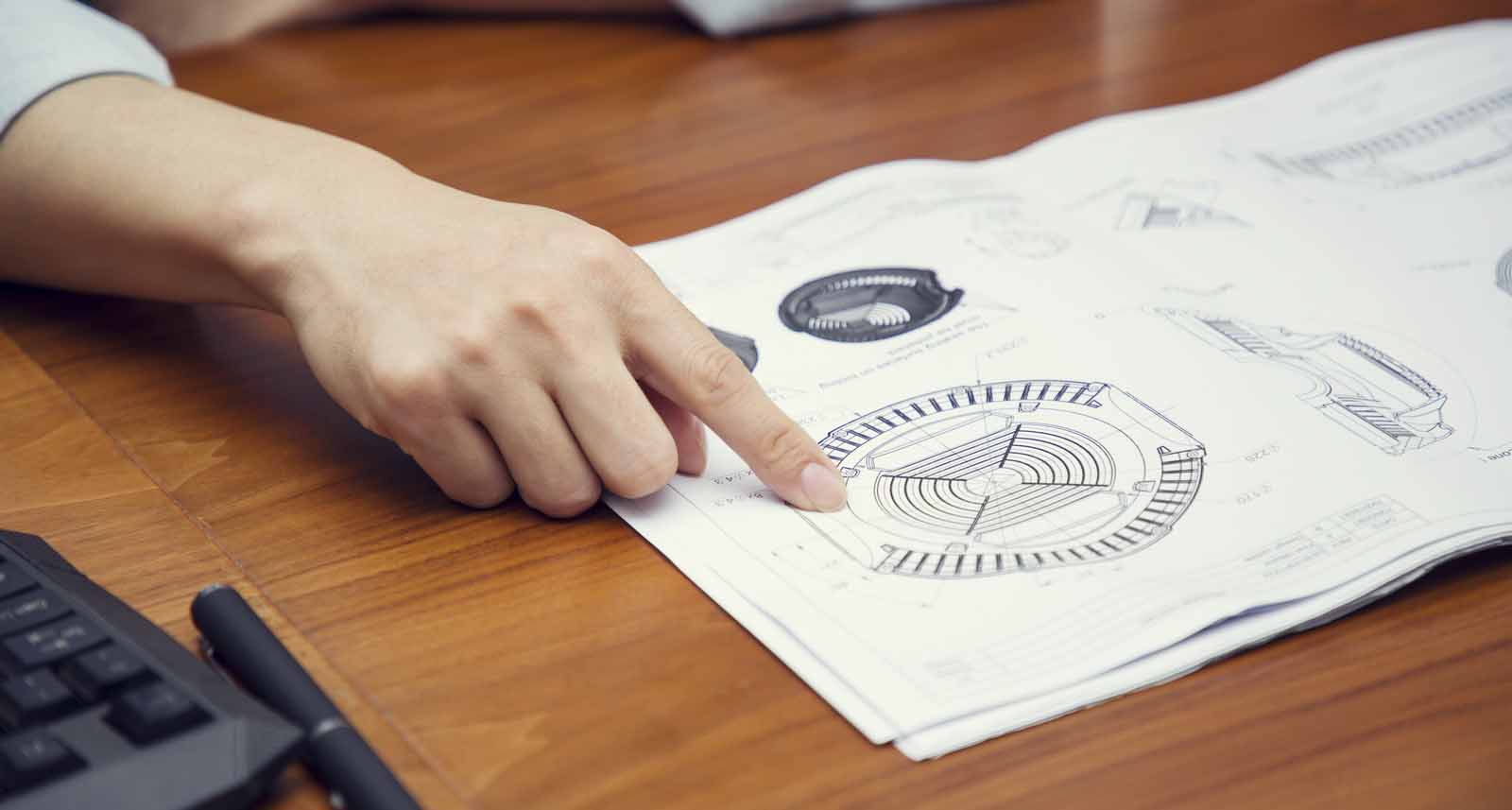
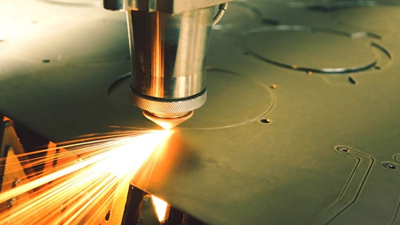
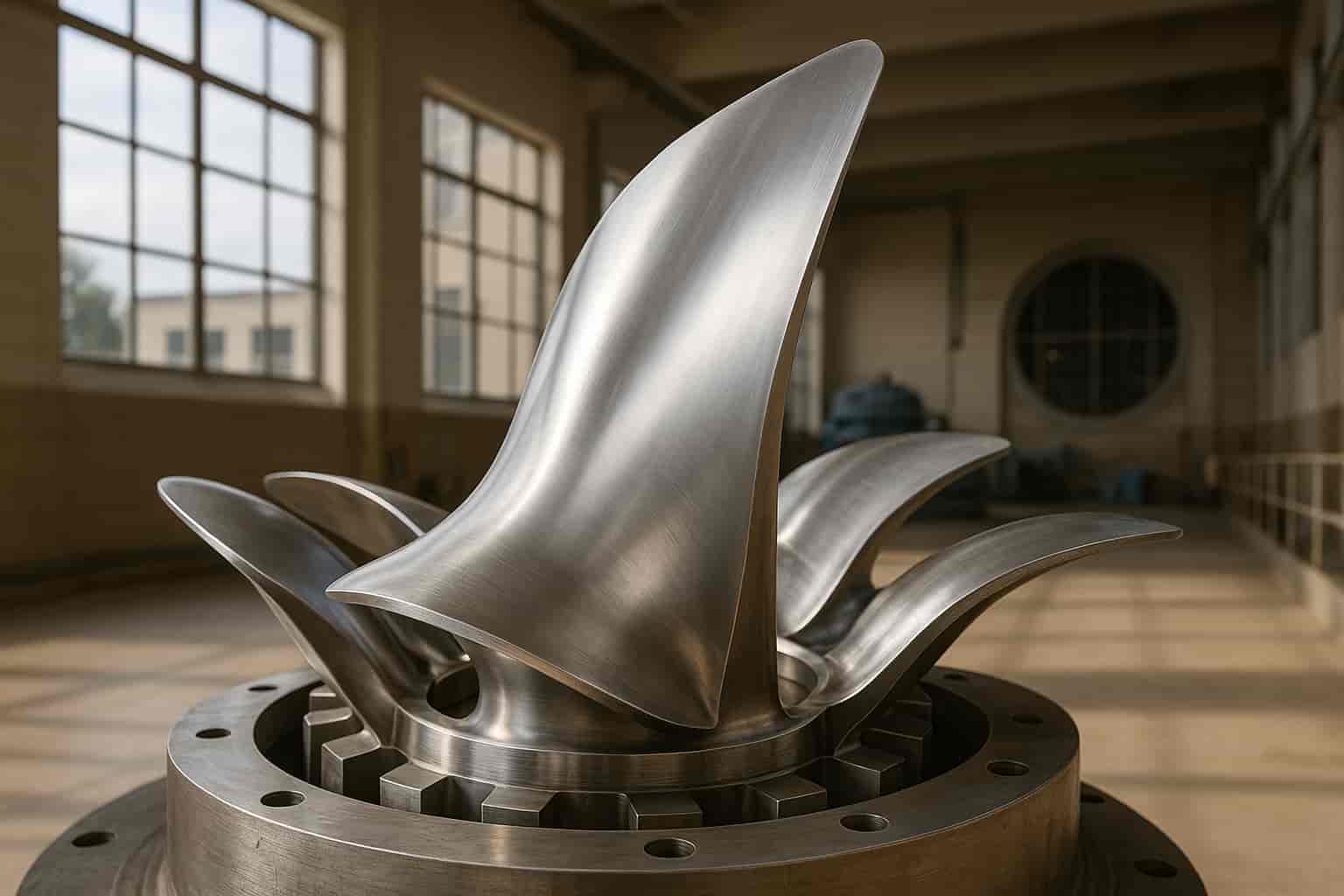
Introduction
Plastic tubing represents one of the most versatile and widely used
components across diverse industries, from medical and pharmaceutical applications
to automotive and construction sectors. The manufacturing of plastic tubing
combines advanced materials science with precision engineering, requiring
specialized expertise in both prototype development (hand board) and mold
fabrication. This comprehensive article explores the intricacies of plastic
tubing production, with particular focus on how hand board prototyping and mold
outsourcing strategies intersect to create efficient, cost-effective
manufacturing pipelines for businesses worldwide.
The global plastic tubing market continues to expand, driven by increasing
demand in healthcare, packaging, and industrial applications. Success in this
competitive landscape requires manufacturers to balance quality, cost, and
time-to-market considerations—a challenge increasingly addressed through
strategic partnerships with specialized mold manufacturers and prototyping
experts. This article examines the technical processes, business
considerations, and emerging trends that define modern plastic tubing manufacturing
through the lens of hand board and mold outsourcing methodologies.
1. Fundamentals of Plastic Tubing Manufacturing
1.1 Manufacturing Processes Overview
Plastic tubing manufacturing employs several primary processes, with
extrusion and injection molding being the most prevalent. Extrusion molding
represents the go-to method for continuous tubing production, involving the
forcing of molten plastic through a shaped die to create a continuous profile
that is subsequently cut to desired lengths. This process excels in producing
consistent cross-sectional tubing with uniform wall thickness, making it ideal
for applications requiring long, continuous runs of plastic tubing such as PVC
pipes, plastic straws, and medical tubing.
The extrusion process begins with plastic pellets being fed into a hopper,
then moved through a heated chamber by a rotating screw where heat and friction
melt the material. The molten plastic is forced through a die that determines
the final shape of the tubing product. Cooling, typically by air or water,
solidifies the plastic into its final form before cutting or coiling. The
efficiency of extrusion lies in its continuous operation capability, low
tooling costs, and minimal material waste, making it particularly suitable for
high-volume production runs.
Injection molding serves as an alternative approach, especially valuable
for producing plastic tubes with complex geometries, fitted components, or
specialized connection features. This process involves melting plastic pellets
and injecting the molten material under high pressure into a precisely designed
metal mold. After cooling and solidification, the finished tube is ejected.
Injection molding enables greater design complexity and precision, making it
suitable for producing specialized tubing components such as connectors,
custom-shaped conduits, and tubes with integrated features. While injection
molding typically involves higher initial tooling costs compared to extrusion,
it offers superior precision and is ideal for producing large quantities of
identical components with complex geometries.
1.2 Material Selection Considerations
Material selection critically influences the performance characteristics
of plastic tubing, including flexibility, chemical resistance, durability, and
temperature tolerance. The most common materials used in plastic tubing
manufacturing include:
Material selection must align with functional requirements, regulatory
compliance (particularly for medical and food applications), sterilization
needs, and cost considerations. Advanced applications may incorporate composite
materials or additives to enhance properties such as conductivity, radiopacity,
or biocompatibility.
2. The Critical Role of Hand Board (Prototyping) in
Tubing Development
2.1 Prototyping Methodologies
Hand board, or prototyping, represents an indispensable phase in plastic
tubing development, allowing designers and engineers to validate form, fit, and
function before committing to expensive mold fabrication. Prototyping
methodologies range from simple手工制作 techniques to advanced additive manufacturing technologies, each offering distinct
advantages based on development stage and requirements.
3D Printing has revolutionized prototyping in the plastic tubing
industry, enabling rapid iteration of complex geometries without traditional
manufacturing constraints. Technologies such as stereolithography (SLA),
selective laser sintering (SLS), and fused deposition modeling (FDM) allow for
quick turnaround of functional prototypes that closely mimic final production
parts. For plastic tubing applications, 3D printing facilitates the creation of
components with intricate features, custom connectors, and complex assemblies
that would be challenging or expensive to produce through traditional methods.
The flexibility of additive manufacturing makes it particularly valuable for
creating prototypes with varying wall thicknesses, internal channels, and
connection interfaces.
Silicone Molding offers an intermediate step between rapid prototyping
and full-scale production, creating high-fidelity prototypes using two-part
silicone molds. This process enables the production of small batches (typically
10-50 units) of functional prototypes in materials similar to production-grade
plastics. For tubing applications, silicone molding allows for performance
testing under conditions that closely simulate final use, providing valuable
data on mechanical properties, chemical compatibility, and durability.
CNC Machining remains a valuable prototyping method, particularly for
producing metal mold inserts for short-run production or creating precision
components with tight tolerances. Computer numerical control (CNC) systems can
accurately machine prototypes from engineering plastics or aluminum, creating
functional prototypes suitable for testing and validation. For tubing
applications requiring precision connectors or custom fittings, CNC machining
offers unparalleled accuracy and surface finish.
2.2 Validation and Testing Protocols
Comprehensive validation and testing during the prototyping phase
identifies potential issues before mass production, reducing costly revisions
and delays. Key validation protocols for plastic tubing prototypes include:
The hand board phase serves as a critical risk mitigation strategy,
allowing designers to refine functionality, ergonomics, and manufacturability
before committing to production tooling. Comprehensive prototyping reduces the
likelihood of design changes during later stages, when modifications become
significantly more expensive and time-consuming.
3. Mold Manufacturing for Plastic Tubing
3.1 Mold Design Considerations
Effective mold design represents one of the most critical factors in
successful plastic tubing production, directly impacting part quality,
manufacturing efficiency, and per-unit costs. Tubing molds require specialized
design considerations that differentiate them from conventional injection
molds, particularly regarding feed systems, cooling channels, and ejection
mechanisms.
Gate Design significantly influences tubing quality, controlling how
molten plastic enters the mold cavity. For tubing applications, gate location
must facilitate uniform flow to minimize weld lines, air traps, and residual
stresses that could compromise structural integrity. Submarine gates, pin
gates, or hot runner systems are commonly employed to ensure clean material
flow and automatic degating when the mold opens. Gate design becomes
particularly critical for multi-cavity molds producing small-diameter tubing or
components with tight tolerances.
Cooling Channel Configuration directly affects cycle times and part consistency.
Efficient cooling ensures uniform solidification throughout the tubing
cross-section, minimizing warpage, sink marks, and internal stresses. Conformal
cooling channels that follow the contour of the mold cavity provide more
efficient heat transfer compared to traditional straight-drilled channels,
significantly reducing cycle times while improving part quality. For tubing
applications with thin walls and high surface-area-to-volume ratios, optimized
cooling is essential for maintaining dimensional stability and production
efficiency.
Mold Materials and Finishes must be selected based on production requirements,
material being processed, and expected tool life. Pre-hardened steels such as
P20 offer good wear resistance at moderate cost, while hardened steels like H13
provide superior durability for high-volume production. Surface finishes range
from spark-eroded textures to high-gloss polishes, selected based on tubing
application and aesthetic requirements. For medical-grade tubing where smooth
internal surfaces are critical to prevent bacterial growth, highly polished
cavity surfaces are essential.
3.2 Advanced Mold Technologies
Innovations in mold technology continue to enhance the capabilities and
efficiency of plastic tubing manufacturing:
Hot Runner Systems maintain molten plastic in the injection manifold,
eliminating cold runners and associated material waste. For tubing production, hot
runner systems offer several advantages, including reduced cycle times (no
runner cooling), automatic degating, and improved pressure control throughout
the injection process. While hot runner systems involve higher initial
investment and more complex maintenance requirements, they provide significant
long-term savings for high-volume production through material conservation and
improved cycle efficiency.
Microcellular Molding technologies introduce supercritical fluid into the
polymer melt, creating a uniform microcellular structure that reduces part
weight while maintaining mechanical properties. For tubing applications, this
technology offers weight reduction, improved dimensional stability through
reduced shrinkage, and shorter cycle times due to faster cooling of the
microcellular structure. The internal pressure equalization provided by the
microcellular structure also reduces sink marks over reinforcing features,
improving both aesthetics and functionality.
Conformal Cooling utilizes additive manufacturing or specialized machining
techniques to create cooling channels that follow the contour of the mold
cavity. Unlike conventional straight-drilled channels, conformal cooling
channels maintain consistent distance from the cavity surface, providing
uniform heat extraction throughout the mold. For tubing applications with
complex geometries or varying wall thicknesses, conformal cooling significantly
reduces cycle times while minimizing warpage and residual stresses that can
compromise part quality.
4. The Outsourcing Paradigm: Hand Board and Mold
Manufacturing Partnerships
4.1 Strategic Advantages of Outsourcing
The complexity of modern plastic tubing manufacturing has made specialized
outsourcing an increasingly attractive strategy for original equipment
manufacturers (OEMs) across industries. Partnering with specialized hand board
and mold manufacturers offers several strategic advantages:
Cost Efficiency stands as a primary driver for outsourcing decisions.
Establishing in-house capabilities for mold manufacturing requires significant
capital investment in specialized equipment such as CNC machining centers,
electrical discharge machining (EDM) systems, and precision grinding equipment.
Additionally, maintaining these capabilities necessitates ongoing investment in
operator training, software updates, and equipment maintenance. By contrast,
outsourcing to specialized partners converts fixed costs into variable
expenses, improving financial flexibility while leveraging the provider's
established infrastructure and expertise.
Technical Expertise represents another compelling advantage of strategic
outsourcing. Specialized mold manufacturers maintain dedicated teams with deep
expertise in specific materials, processes, and industries. This concentrated
knowledge base enables more sophisticated solutions to complex manufacturing
challenges, particularly for applications with stringent regulatory
requirements such as medical devices or automotive components. The collective
experience gained from serving multiple clients across diverse applications
further enhances the provider's problem-solving capabilities and technical
proficiency.
Accelerated Time-to-Market benefits organizations leveraging established
outsourcing partnerships with streamlined processes and dedicated resources.
Specialized providers can frequently accelerate development timelines through
parallel processing, with dedicated teams simultaneously advancing design,
prototyping, and production preparation activities. This concurrent engineering
approach, combined with the provider's focused expertise and specialized
equipment, can significantly compress development schedules compared to
in-house capabilities requiring sequential execution.
4.2 Selecting and Managing Outsourcing Partnerships
Effective partner selection and management critically influence the
success of outsourcing initiatives. Key considerations include:
Technical Capability Assessment should evaluate the prospective partner's equipment
portfolio, quality systems, technical expertise, and experience with similar
applications. For tubing manufacturers, specific capabilities to assess include
experience with thin-wall molding, precision machining, and familiarity with
relevant regulatory requirements. Facility tours, client references, and sample
evaluations provide valuable insights into the provider's capabilities and
quality standards.
Communication and Project Management protocols establish the
foundation for successful collaboration. Clear communication channels, defined
reporting structures, and regular progress reviews ensure alignment between the
OEM and manufacturing partner. For complex tubing applications, establishing a
cross-functional team with representatives from both organizations facilitates
effective problem-solving and decision-making throughout the development
process. Project management tools, regular status meetings, and clearly defined
milestones help maintain schedule adherence and budget compliance.
Quality Systems and Certification requirements vary by industry and application. Medical
tubing manufacturers typically require ISO 13485 certification, while
automotive suppliers must comply with IATF 16949 standards. Comprehensive
quality agreements should define specifications, testing protocols, documentation
requirements, and change control procedures. Regular audits, statistical
process control monitoring, and validation protocols ensure consistent quality
throughout the production lifecycle.
5. Integrated Development Approach: From Concept to Production
5.1 Stage-Gate Development Process
An integrated, stage-gated approach to plastic tubing development ensures
comprehensive evaluation at each phase, minimizing risks while optimizing the
final product. The typical development pathway includes:
Concept Development begins with clearly defining user needs, functional
requirements, and design constraints. For tubing applications, this includes
establishing critical parameters such as dimensions, material requirements,
performance specifications, and regulatory obligations. Early collaboration
between the OEM and manufacturing partner during this phase facilitates
manufacturability considerations while establishing clear specifications
guiding subsequent development activities.
Design and Engineering translates conceptual requirements into detailed product
specifications using advanced computer-aided design (CAD) and engineering (CAE)
tools. For tubing applications, flow simulation software predicts material
behavior during injection, identifying potential issues with fill patterns,
weld lines, and air traps. Mold flow analysis optimizes gate locations, runner
systems, and cooling channels to ensure efficient, consistent production.
Collaboration between design and manufacturing engineering during this phase
balances aesthetic, functional, and manufacturability considerations while
establishing a robust foundation for subsequent tooling development.
Prototyping and Validation produces functional prototypes using appropriate technologies
based on development stage and validation requirements. Early prototypes may
utilize 3D printing for basic form and fit assessment, while later-stage
validation units typically employ injection-molded components from soft tooling
or pilot molds. Comprehensive testing under simulated use conditions confirms
performance against established specifications while identifying potential
improvements before committing to production tooling. The iterative nature of
this phase refines both product and manufacturing process based on empirical
data and performance feedback.
5.2 Design for Manufacturing (DFM) and Assembly (DFA)
Implementing DFM/DFA principles during development optimizes both product
design and production processes, enhancing quality while reducing costs. Key
considerations for tubing applications include:
Wall Thickness Optimization represents one of the most critical DFM considerations
for plastic tubing. Uniform wall thickness promotes consistent cooling and
minimizes sink marks, warpage, and part-to-part variation. Gradual transitions
between thick and thin sections avoid stress concentration and flow disruptions
during injection. For tubing applications, maintaining consistent wall
thickness is particularly challenging yet essential for ensuring consistent
performance and dimensional stability.
Draft Angles and Ejection considerations facilitate efficient part removal from
the mold. Minimal draft angles (typically 0.5-1° per side) allow clean ejection
while maximizing functional dimensions. Strategic placement of ejector pins
ensures uniform force distribution during ejection, minimizing distortion or
damage to the tubing component. For applications with strict internal diameter
requirements, collapsible cores or other specialized ejection mechanisms may be
necessary to maintain dimensional stability.
Tolerancing and Dimensional Management must balance functional
requirements with manufacturing capabilities. Critical dimensions requiring
tight tolerances should be identified early, with the mold design accommodating
expected variation through adjustable features or selective fitting.
Statistical tolerancing approaches that consider the cumulative effect of
dimensional variations ensure robust designs that perform consistently within
production environments. For tubing assemblies with multiple components,
tolerance stack-up analysis identifies potential interference or clearance
issues before committing to production tooling.
6. Emerging Trends and Future Directions
6.1 Advanced Materials and Sustainable Solutions
Material science innovations continue to expand the capabilities and
applications of plastic tubing. Emerging trends include:
High-Performance Polymers offering enhanced properties for demanding applications.
Materials such as polyether ether ketone (PEEK), polyphthalamide (PPA), and
liquid crystal polymers (LCP) provide superior thermal stability, chemical
resistance, and mechanical properties compared to conventional plastics. These
advanced materials enable tubing applications in increasingly severe
environments, including under-the-hood automotive applications,
high-temperature fluid handling, and chemically challenging processing
applications.
Sustainable and Bio-based Materials address growing environmental concerns through renewable
feedstocks, biodegradability, or enhanced recyclability. Bio-based polymers
derived from renewable resources such as corn, sugarcane, or cellulose offer
reduced carbon footprint compared to petroleum-based alternatives.
Biodegradable and compostable polymers provide environmentally responsible
alternatives for single-use applications, particularly in medical and packaging
sectors. Additionally, advancements in recycling technologies facilitate
increased use of post-consumer recycled materials without compromising
performance or regulatory compliance.
Functionalized and Smart Materials incorporate specialized properties responding to
environmental stimuli or providing enhanced functionality. Conductive polymers
enable static dissipation or electromagnetic shielding, while shape-memory
polymers allow configuration changes in response to temperature or other
triggers. Additive technologies incorporating antimicrobial agents, radiopaque
fillers, or other functional enhancements expand tubing applications in
medical, electronic, and specialized industrial sectors.
6.2 Industry 4.0 and Digitalization
Digitalization and connectivity trends are transforming plastic tubing
manufacturing through enhanced efficiency, quality, and flexibility:
Smart Manufacturing technologies integrate sensors, data analytics, and
connected systems to create increasingly autonomous production environments.
Real-time monitoring of process parameters enables proactive adjustment to
maintain optimal conditions, while predictive maintenance algorithms minimize
unplanned downtime by addressing equipment issues before they impact
production. Digital twins creating virtual representations of physical systems
facilitate simulation, monitoring, and optimization throughout the manufacturing
lifecycle.
Additive Manufacturing advancements continue to expand beyond prototyping into
production applications. For tubing, 3D printing enables increasingly complex
geometries impossible to achieve through traditional manufacturing, including integrated
components, customized textures, and patient-specific medical devices. Hybrid
approaches combining additive and conventional manufacturing leverage the
strengths of both technologies, such as 3D-printed conformal cooling channels
within traditional mold bases.
Digital Supply Networks enhance connectivity and visibility across extended
supply chains, improving responsiveness and resilience. Cloud-based platforms
facilitate collaboration between OEMs, mold manufacturers, and production
partners, with real-time access to design data, production status, and quality
metrics. Blockchain technologies provide secure, transparent documentation of
material provenance, processing parameters, and quality records—particularly
valuable for regulated industries requiring comprehensive traceability.
Conclusion
The manufacturing of plastic tubing represents a sophisticated interplay
between material science, precision engineering, and strategic business
partnerships. The integration of hand board prototyping with specialized mold
manufacturing expertise creates a powerful paradigm for developing high-quality
tubing solutions across diverse applications and industries. As technologies
advance and market demands evolve, the successful tubing manufacturer will continue
to leverage strategic partnerships, advanced technologies, and integrated
development approaches to deliver innovative solutions with enhanced
efficiency, quality, and value.
The future of plastic tubing manufacturing will undoubtedly see continued
advancement in materials, processes, and digital integration, further enhancing
capabilities while addressing evolving requirements for sustainability,
connectivity, and performance. Through strategic adoption of these innovations
and continued refinement of development methodologies, manufacturers can
maintain competitiveness while meeting the increasingly sophisticated needs of
tomorrow's tubing applications.